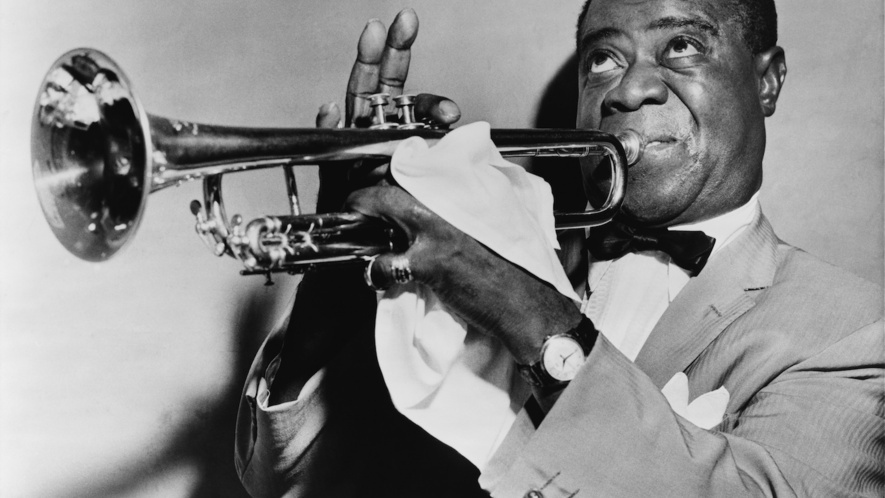The Harlem Renaissance
Grade Level 4
02/26/2017
Word Count 537

It was the 1920s in the United States. America's art and culture was changing.
African-American people had been slaves for hundreds of years. Black people still were not treated equally after slavery ended.
Most black Americans lived in the South then. There, laws separated blacks and whites. Sometimes white people were even violent toward black people.
Large numbers of African-Americans started to move to the North around 1890.
They had shared common experiences. But they didn't feel sorry for themselves. They celebrated the rebirth of their new culture. This time period is known as the Harlem Renaissance.
Segregation and poverty push African-Americans North
After the Civil War, African-Americans were living as free people. But, their lives were not as they had hoped.
They faced segregation. Hate groups and their actions scared black families in the Deep South. The promise of owning land did not happen. Most blacks did not make enough money working on farms. In the 1890s, insects damaged the cotton crops. This made their lives even worse.
All these reasons pushed African-Americans to move to the North. They were looking for better lives there. There were many jobs for workers who would accept low pay.
Unfortunately, white people in the North treated black people unfairly, too.
Most black people found themselves segregated in neighborhoods in the North. The largest of these was Harlem, a neighborhood in New York City.
Harlem writers inspire and create
Harlem's writers, actors, artists and musicians praised African-American traditions of art and culture. But they also created new art. A new culture was born.
One of the most famous writers and poets from Harlem was Langston Hughes. Other writers were important, too. Claude Mckay urged African-Americans to stand up for their rights in his writing. Jean Toomer wrote plays and short stories that captured the spirit of the time.
Zora Neale Hurston was noticed quickly with her book "Their Eyes Were Watching God." Hurston studied culture in New York to find stories for her own plays and books.
Meanwhile, the "Shuffle Along" play is credited with making funny musicals popular. Eubie Blake was an important composer from Harlem and a creator of "Shuffle Along." This show was written and produced by African-Americans. Actor and singer Paul Robeson performed around the world. He also fought for black rights.
Jazz music shapes America, and the world
Jazz music from Harlem shaped America and the entire world. Jazz was different than other music of the times because of its sound and instruments. Jazz musicians improvised instead of just reading music off of sheet paper.
Thousands of people gathered night after night to see the same performers. The musicians played differently every night. No two shows would ever be the same. Harlem's Cotton Club showed off big-band jazz musician Duke Ellington. Singers such as Bessie Smith and Billie Holiday popularized blues and jazz. Jelly Roll Morton and Louis Armstrong drew huge crowds of both whites and blacks.
There was a spotlight on blacks' writing, music and shows. This happened because they had all come together in Harlem. The Harlem artists of this time changed African-American culture.
The effects on all of America were equally strong. White America could not look away from black America anymore.




No comments:
Post a Comment